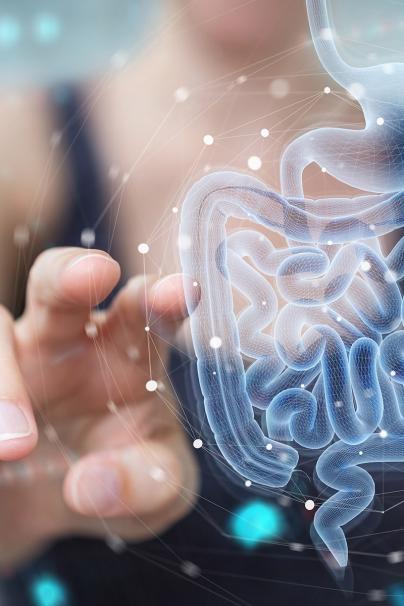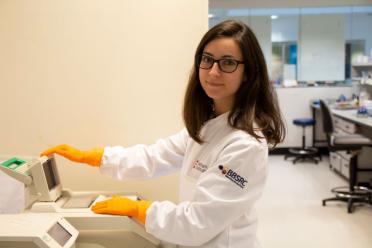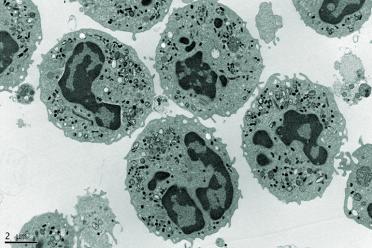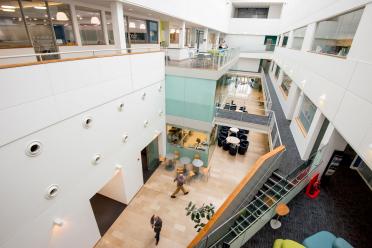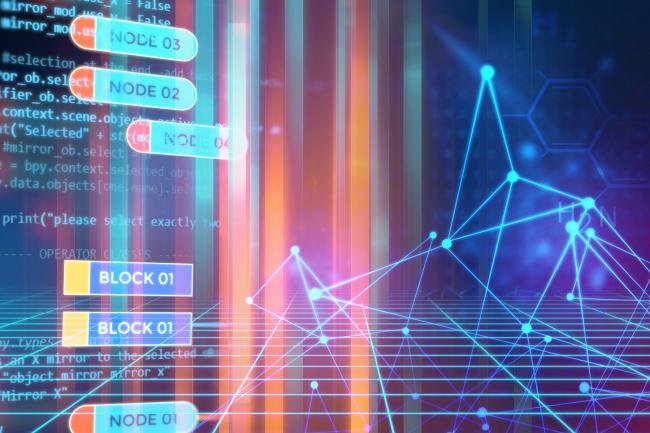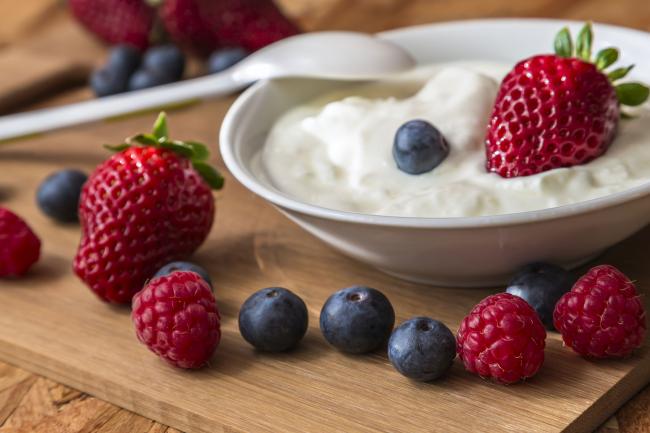We found that there are indeed many important functions that are specific to ULK1 or ULK2, meaning that they can have very different roles.
Structure-wise, even though they have the same kinase domain, they have specific protein motifs - these are short amino acid sequences along the protein that serve as a target surface for other proteins to bind to. As there are motifs on both proteins that are not present on the other one, we can expect that the subsequent interactions result in specific functions.
Another finding was how different their promoter region is. The promoter is a region before genes, which transcription factors can bind to and thus affect the transcription of the gene. We found that the promoter of ULK1 and ULK2 genes can be regulated by different transcription factors, which can also result in ULK1 and ULK2 having specific functions.
One of the key findings was that the ULK1 and ULK2 proteins are connected to different proteins even within the group of autophagy-related ones, and those proteins are related to specific autophagy types. Namely, specific binding partners of ULK1 are involved in digestion of superfluous mitochondria and the specific binding partners of ULK2 are more involved in xenophagy - the degradation of pathogens by human cells (and not just the immune ones!).
By looking at the interaction partners - direct interactions with proteins, or regulating transcription factors - we found that interacting partners of ULK1 are predominantly associated with intracellular transport, stress response, apoptosis and chromatin organisation, whereas interacting partners of ULK2 are associated with nitrogen compound metabolism, homeostasis and response to cytokines.
